Authentic Armenian Sweets for Every Occasion
40 min read Discover beloved Armenian desserts—from pakhlava to gata and apricot treats—paired with cultural traditions, festive serving ideas, and tips for ingredients, techniques, and gifting. October 09, 2025 15:07
If you wake up early enough in Yerevan, the city smells not of traffic or toast but of butter. It blooms along narrow backstreets and lingers through courtyards, slips beneath gates and follows the clack of heels to market stalls. You catch it just as a bakery door cracks open: steam breathing out, sweet and fat as a lullaby. The scent is both new and ancient, like a story told better every time. In Armenia, sweets are never just dessert. They are hospitality and history, memory and ceremony, a bright thread stitching the fabric of everyday life.
I learned this first not at a restaurant, but at a kitchen table: a small apartment in Arabkir with a wide window, a copper jam pan gleaming on the shelf, and a grandmother who listened for the sound of sugar reaching its soft fado of simmer. The afternoon progressed in spoonfuls. Walnut preserves perched in a crystal dish; apricot jam glowed like honey catching the sun. Coffee stained cups into tiny fortunes. By the time I reached the last sip, I realized I wasn’t eating a pastry course; I was being taught a language.
The Sweet Thread That Stitches Armenian Life
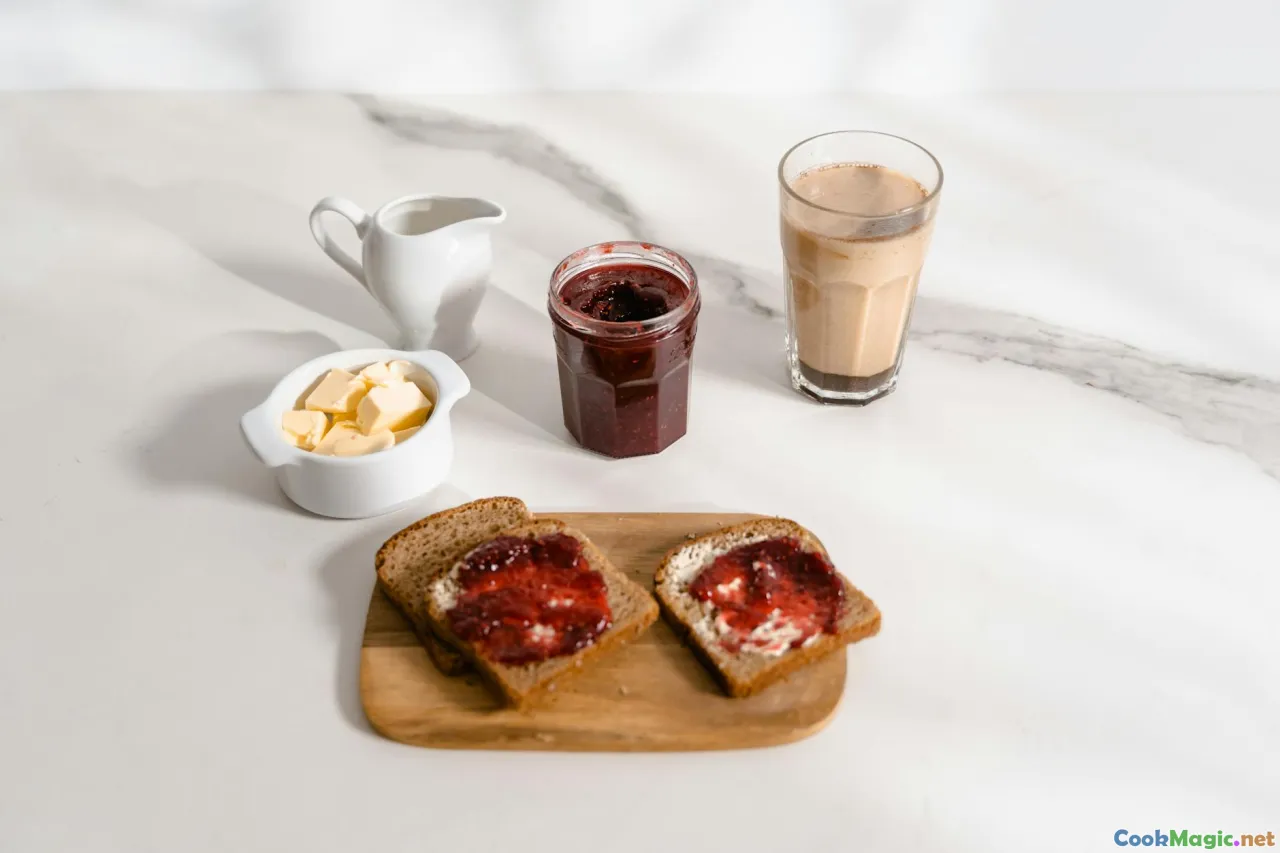
Armenian sweets are less a final act than an ongoing conversation. They appear at the start of a visit the way an open door does—an invitation you can taste. A spoon of jam beside tea. A plate of sliced gata for the neighbor who stopped by with news. A cloak of powdered sugar on your sweater because a cousin insisted you try one more piece.
There’s a reason every old cupboard seems to hide a cache of jars: preserves for autumn days, quince and white cherry and apricot, each with their own texture and temper. There’s a reason weddings have bowls of dragees and New Year tables glitter with pomegranate seeds over wheat pudding. These are not ornamental niceties. They are rituals of care: proof that the harvest was generous, that the kitchen was attentive, that the home remains a place of plenty.
On market shelves, this story is physically palpable. At Yerevan’s GUM market, the dried fruit displays rise like mosaics. There are apricot halves stuffed with walnuts and honey, long ropes of sujuk (sweet walnut strings dipped in thickened grape must), dark glassy mulberries pressed into discs, and gummy sheets of bastegh rolled like parchment. You taste one sample, then another, and soon your fingers are sticky and your vocabulary expands: anoush for sweet, doshab for grape molasses, the faint bark-spice of ground clove in pastries scored like little suns.
The Architecture of Gata and the Whisper of Nazook
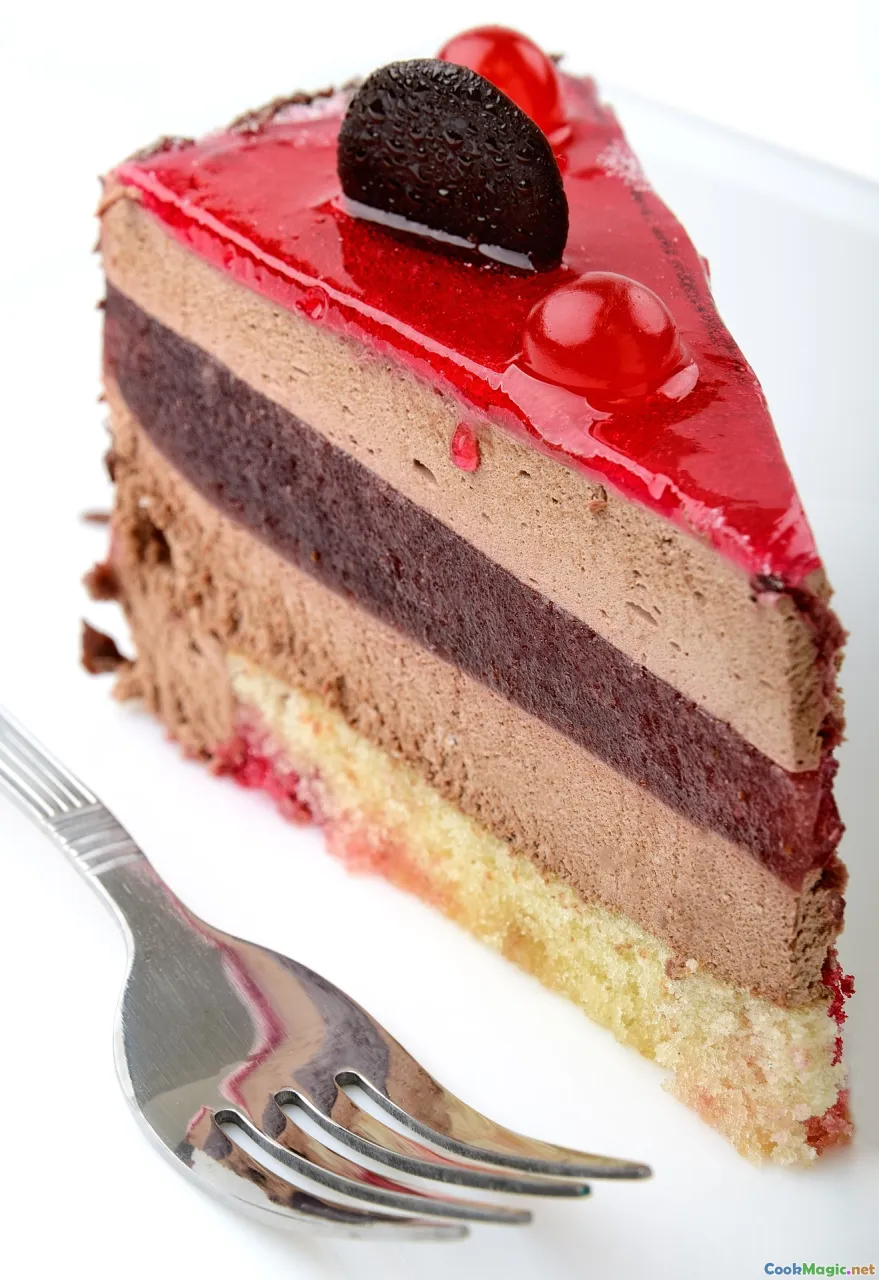
Saying gata is like saying bread. There are many: round, layered, filled, plain, each region swearing by its own. The basic architecture is part dough, part khoriz, that crumbly sugar-butter-flour mixture folded inside like a concealed gift. When baked, the khoriz melts and recrystallizes, becoming a seam of sandy sweetness you can almost hear when you bite: a hush, a whisper of sugar sliding against butter.
I remember the first time I bought a whole round of gata from a stall near the path to Geghard Monastery. The seller traced a knife across the top, the dough scored into segments like a sunburst, each ray concealing khoriz. There was a single clove pressed into the center—fragrance for luck, for memory. The bakery scent mingled with the mineral chill of the monastery carved into the cliffs. We ate it still warm, the layers tearing in soft shreds, the filling granular and perfumed. A child next to us reached for a piece so big it sagged in the middle; her father laughed as sugar snowed onto his coat.
Nazook is gata’s cousin—leaner, rolled tight, often in delicate logs sliced into neat, golden bars. In Aleppo-influenced kitchens and across the Armenian diaspora, nazook carries a seam of vanilla sugar and walnuts; sometimes there’s a hint of sour cream in the dough, sometimes yogurt, which gives the pastry tenderness and a faint tang the way a good story carries a twist.
For bakers: the secret is restraint. You want a dough that yields easily under your rolling pin—soft because of butter and sour cream, but not fragile. Chill briefly after rolling to help shape; brush a whisper of egg wash for a gloss that won’t harden the crust. The filling should feel like wet sand in your fingers—pressable, not pasty. And work fast, while the butter is still cool: speed is the friend of flake.
Regional gatas vary. In Artsakh, I encountered a sturdier version, almost breadlike, with the khoriz more subtly sweet, intended to accompany tea. In Lori, near the Debed River, I found one with a denser filling speckled with finely chopped walnuts and a lick of cinnamon, the spice gentle enough to be an afterthought—noticed only after the last bite. The point is not to crown a single champion. It is to understand that Armenian pastry respects terroir: butter content, flour strength, altitude, and the local appetite for sweet all conspire to produce unique results.
Armenian Pakhlava: Diamonds, Cloves, and Quiet Thunder
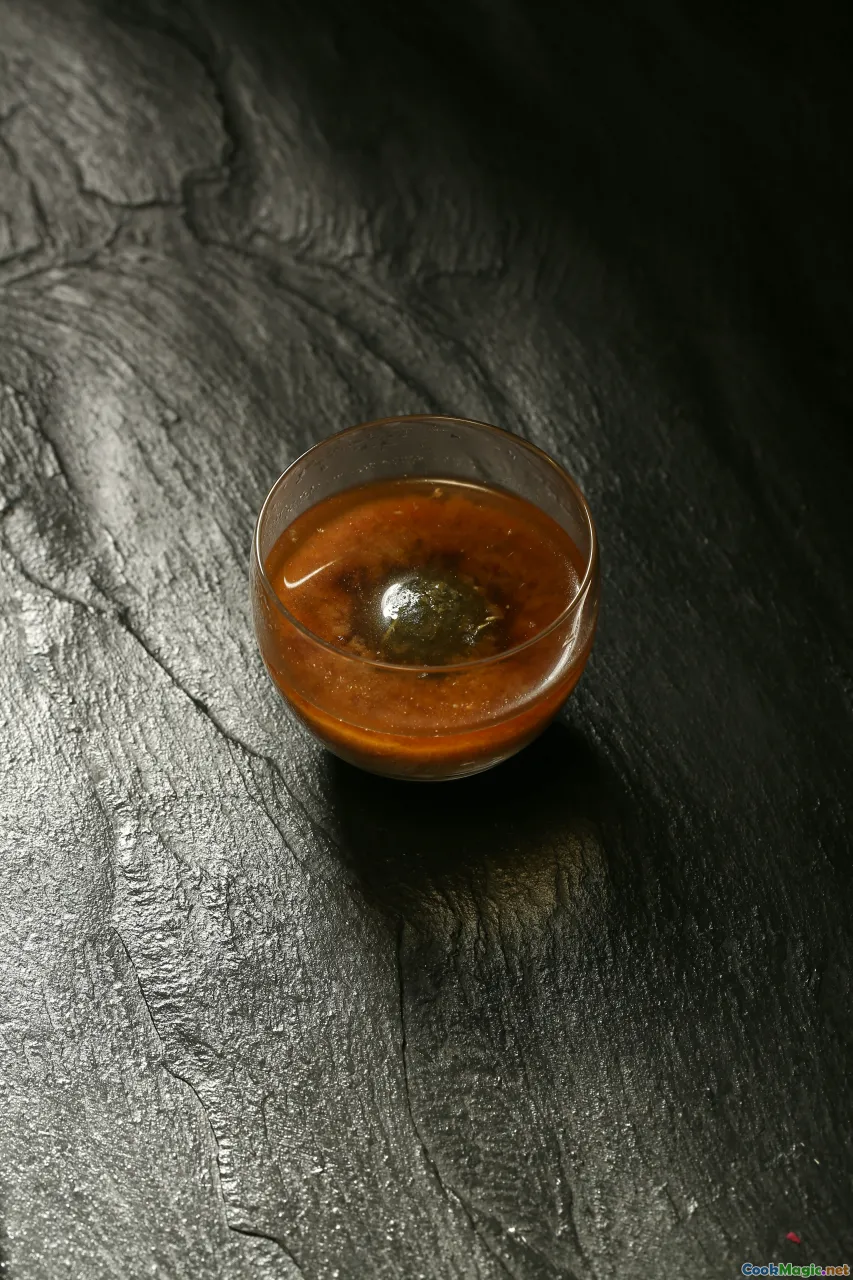
Call it pakhlava, and you say it the Armenian way. What distinguishes it is not merely spelling. It’s in the geometry—the traditional diamond cut, each top adorned with a clove—and in the balance of syrup and spice. Armenian pakhlava favors a bit more body in the pastry: often thicker layers, not the gossamer stacks you might associate with some Ottoman or Levantine versions. The result is music in a lower register: butter’s quiet thunder beneath a chorus of nuts.
In Yerevan apartments, I’ve watched cooks press walnut filling between fewer, slightly thicker layers of dough, brushing each sheet with melted butter until it shimmers, then scoring precise diamonds with a long knife. A whole clove, gently tapped into the heart of each diamond, releases its perfume during baking, puncturing the sweetness with woody spice. Some kitchens whisper cinnamon into the nut mixture; some don’t. Some favor honey; others opt for a sugar syrup bolstered with lemon juice to keep it bright and resist crystallization.
If you’re building your own, here’s how to keep the balance:
- Use a mix of walnuts and a handful of pistachios for complexity. Walnuts bring tannins and warmth; pistachios add emerald lift.
- Clarify your butter to remove milk solids, so the pastry browns evenly and tastes clean, not cheesy.
- Make your syrup light and bright: 1 cup sugar to 1 cup water, a squeeze of lemon, simmered just to a thin thread. Pour it warm over hot pastry or cool over cool pastry—what matters is not mixing temperatures wildly. Hot-on-hot or cool-on-cool helps keep layers crisp.
- Don’t drown it. Armenian pakhlava is sweet, but not sodden. When you bite, you should hear a slight crackle before the syrup seeps.
Pakhlava’s presence at holiday tables is nearly compulsory. At a December gathering in Gyumri, the platter arrived late, as though the host had been waiting for the moment when conversation swelled. The room quieted at first bite. It wasn’t reverent silence, exactly, but something like agreement—an audible exhale. This, everyone seemed to say, is how winter is made welcome.
Fruit as Memory: Muraba, Doshab, and the Art of Preserving Seasons
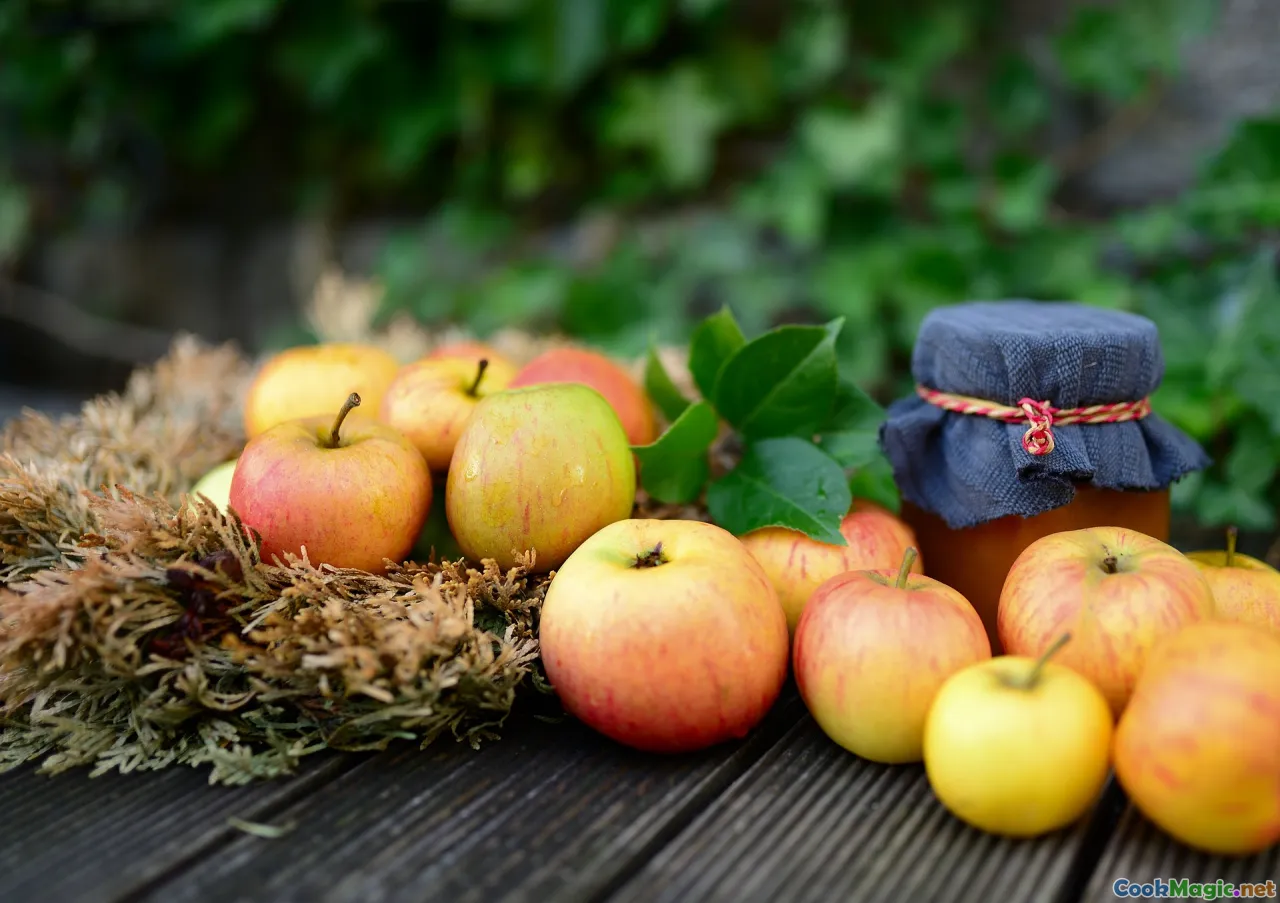
Armenia’s fruit repertoire is a museum of sunlight. Apricots, of course—the national fruit, apricot wood used for duduks, apricot kernels lending amaretto whispers to candy and jam. But also quince, sour cherry, mulberry, plum. The practice of muraba—whole-fruit preserves cooked until translucent—turns these into table jewelry.
Watch a quince muraba come to life. The fruit starts firm and shy, pale flesh refusing to soften. Then the sugar draws out essence; heat coaxes it back in; lemon brightens the gem. Hours later, you’re staring into a jar of amber shards, each slice a pane of stained glass wobbling in syrup. Spoon it onto a saucer for a guest. Pour hot water over another spoon of syrup alone, for a quick tea. It’s a dance of hospitality and thrift—nothing wasted, everything shared.
Grape becomes more than wine. Boil down grape must into doshab, thick and earthy, with a bronze hue that clings to a wooden spoon like a good story clings to the teller. Doshab enriches winter porridge, slicks the walnut ropes of sweet sujuk, and shines a light on yogurt when the day demands something simple and nourishing.
Technique matters. Successful muraba is as much about patience as ingredients. Keep fruit whole when you can; pierce with a pin to allow syrup penetration without collapse. Skim, religiously, for a clear finish. Use a wide copper pan to maximize evaporation and color development—the copper helps control sugar reactions and prevents grittiness when handled well. Test set with a chilled plate; you’re not aiming for jammy spreadability but for a luscious, almost glassy syrup.
Then, pack it away and discover months later that you were canning not just fruit, but time.
Sharots (Sweet Sujuk): Walnut Ropes Dipped in Autumn
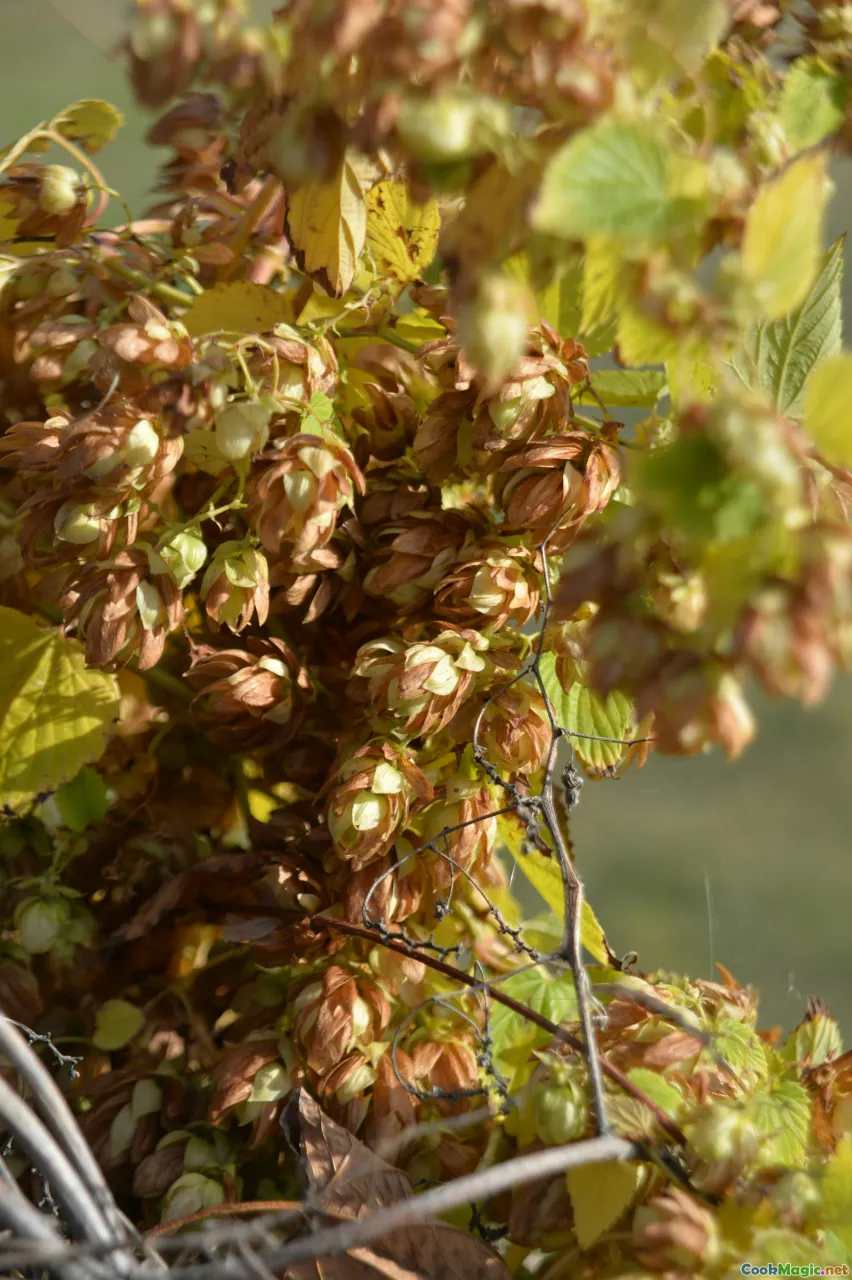
Along the Ararat plain in late September, grape harvests stain hands purple. Families crush grapes, stirring the must until it froths; then the liquid simmers with wheat or corn flour, thickened into a velvety brown bath called pelamushi in Georgia, but here folded easily into Armenian kitchens as the base for sujuk—locally called sharots in many regions. Walnuts are strung on cotton twine, clusters of halves nudged tight, a sash of gold-brown nuts waiting like laundry on a line. The strings are dipped again and again into the hot, fragrant must, then hung to dry in cool shade until a soft skin forms. The result resembles a glossy sausage, hence the confusing name sujuk; but this is sweet, chewy, a portable festival of autumn.
Bite into sharots and you get three textures at once: the initial give of the must-coating, like set pudding; the crunch of walnut; and the slight stickiness at the edges where sugar meets air. I’ve taken a knife to a rope and heard a little squeak as blade met walnut. I’ve eaten it slivered with coffee, and I’ve chewed a thick slice on a hillside in Vayots Dzor while watching vines stripe the landscape like musical staves.
Technique for home makers:
- Thicken grape must with flour and a splash of doshab for deeper flavor; whisk constantly to prevent lumps. The desired body is nappe—coating the back of a spoon.
- Use untreated cotton string and leave tails for hanging. Thread walnut halves through their natural seam; knots between clusters help keep spacing even.
- Dip, hang, dip again. Two to four layers yield a satisfying coat. Let each layer dry to the touch before repeating.
- Cure in a dry, airy place. A little bloom on the outside—a sugar dusting called sugar bloom—is natural and a sign of proper drying.
People will tell you the best sujuk is Georgian churchkhela. Others will insist Armenian sharots has more soul. This kind of rivalry is the friendliest sort of culinary politics. Let it be the excuse to taste both.
Bastegh and T’tu Lavash: The Silk of Fruit

Fruit leather is childhood, condensed. Bastegh—sheets of fruit purée dried until pliable—unspools like soft silk from wooden dowels in market stalls. The apricot version stains your fingers sunset-orange; sour cherry has a deeper, more adult tang. Some sheets are dusted lightly with powdered sugar; others are pressed with nuts, a mosaic of pistachio and walnut flickering under the translucent surface.
In countryside homes, purée simmered with a little sugar and sometimes thickened with starch is spread with a ladle over clean cloth or oiled trays and set to dry on rooftops or in breezy rooms. The air smells like candy and orchards; the surface puckers as it shrinks. Once dried to a supple bend, bastegh is rolled and tied, a pantry treasure to be snipped for guests or tucked into a child’s pocket for a quiet afternoon.
For the curious cook: try blending fruits. Apricot-apple brings body and perfumed acidity; plum-apricot deepens color and coaxes a subtle tannin that balances sweetness. If you’re using an oven, set it to a low 60–70°C with the door slightly ajar; you’re not baking, you’re coaxing water away without angering the fruit. Aim for a leather that bends without cracking and tears with a sigh.
Anoushabour, ‘Sweet Soup’ of Good News
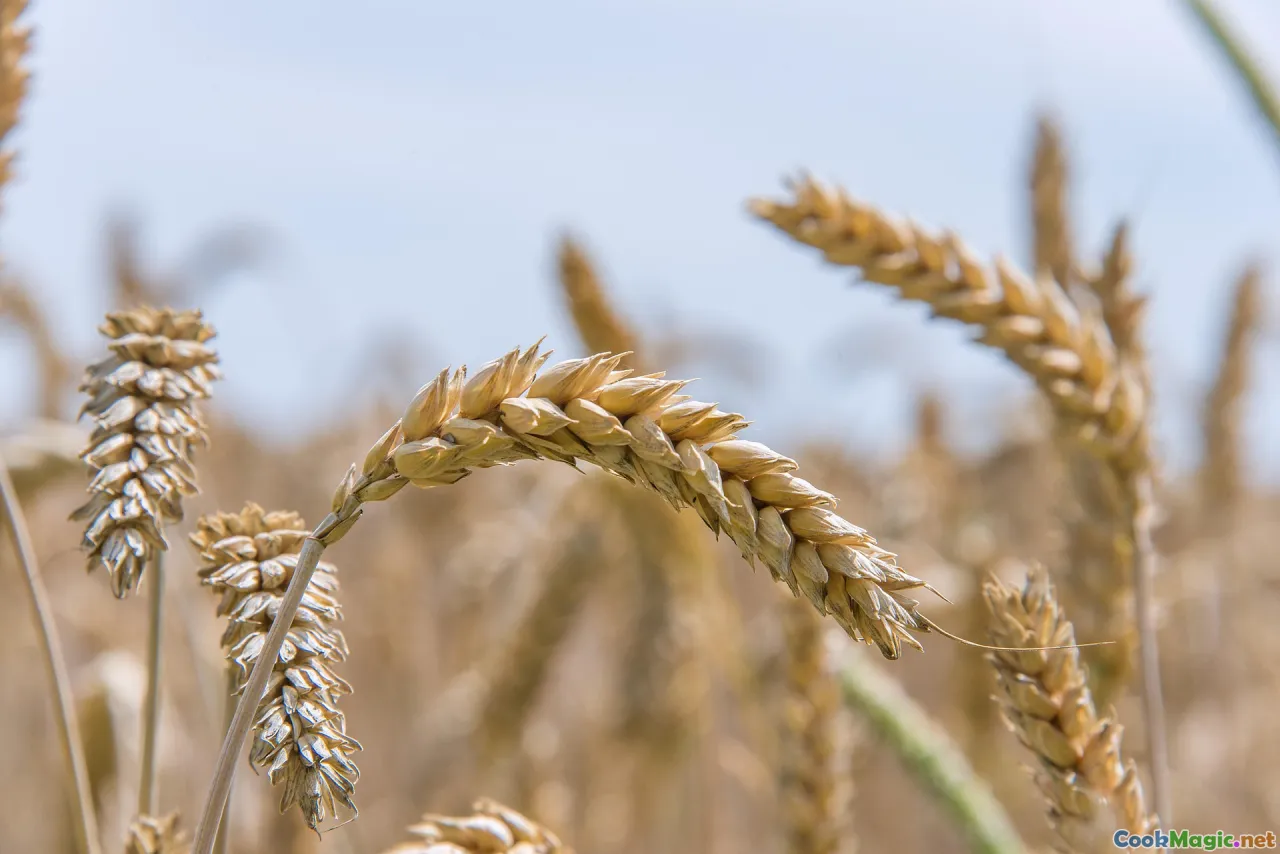
Anoushabour translates to sweet soup, a wheat pudding offered on occasions of good news: baptisms, New Year, and sometimes simply when the house overflows with guests. If pakhlava is winter’s thunder, anoushabour is its snowfall. You make it with whole wheat or pearled wheat, simmered for hours until grains bloom and burst like tiny pillows. Dried fruits—apricot, golden raisins, sometimes figs—bring pockets of sun. A final flourish of pomegranate seeds scatters jewels across the surface, their tartness puncturing the sweetness like tiny fireworks.
The legend ties the pudding to Noah, who after the flood descended upon Mount Ararat and made a celebratory dish from whatever remained in the larder: grains and fruits, sugars and hope. True or fable, the bowl carries the weight of a culture that understands feasting as resilience.
Flavoring is subtle. Some cooks stir in a sigh of rosewater; others prefer a more homely cinnamon, or nothing at all beyond sugar and fruit. The texture is key: luscious but not heavy, spoonable but not gluey. Garnishes can be ritualized—some households pattern the top with nuts and seeds in the shape of a cross or a rosette—yet the comfort is universal. One spoon, and you are invited to stay.
Choereg for Easter: Perfume of Mahleb and Family Hands

The smell of choereg is the smell of a holiday morning. Enriched with eggs and butter and perfumed with mahleb—the ground kernel of a type of cherry seed—choereg wears its fragrance like silk. Some families add mastic tears, lending an almost piney lift; others scatter sesame seeds on top or tuck nigella seeds into the dough for a captive savor.
In the apartments of the Armenian diaspora, especially in Beirut or Glendale, choereg days are choreography. Bowls crowd counters; aunts pinch and braid, teenagers oversee the proofing, someone inevitably steals a warm end-piece as soon as the first loaf emerges. The crumb should pull in long, delicate shreds, glossy from sugar and yolk, so that tearing becomes a small ceremony.
Tips for a luminous loaf:
- Bloom your yeast in warm milk lightly sweetened with sugar; the dough will be rich, so give yeast a hospitable start.
- Autolyse—mix flour and milk and let it rest before adding butter and sugar—so the dough builds structure to support fat.
- Add mahleb sparingly; its aroma is potent. Freshly ground has an almond-cherry bloom that goes dull if old.
- Braiding is more than aesthetics. It helps bake the loaf evenly and creates peaks that caramelize differently, offering bites of varied texture.
Easter tables framed by choereg baskets are photographs waiting to be taken: gilded braids nestled in cloth napkins, coffee steaming nearby, jam spoons winking like tiny suns.
Green Walnut Preserve and Other Table Jewels

Few preserves feel so ceremonious as green walnut jam. The nuts are harvested young, before the shell hardens, and pricked or soaked over days to leach out bitterness. They are then simmered in a spiced syrup until they turn glossy and near-black, their interiors tender and aromatic. The flavor is deep and mysterious—imagine caramel flirting with the scent of forests. When you bite, the walnut yields with a pleasant firmness, then blooms into a bitter-sweet complexity that lingers.
In southern Armenia, I visited a home where jars of walnut preserve lined a shelf like a choir. The host set out tiny plates, each with one walnut glistening under a thread of syrup, a single clove leaning against it like a cane. We ate slowly, letting the flavors unspool, and drank water that had been scented with a spoon of the same syrup melted in—the table’s private circle of flavor.
Armenian tables treasure other jewelries too: white cherry preserves, their pale fruit shining; quince like amber; even small whole apricots so translucent you can see shadowed pits. The craft is as much about clarity as tenderness—syrups should shine; fruit should hold shape. It’s restraint and patience transformed into a jar that can outlast winter.
Old and New: Where to Taste Sweets in Armenia Today

Yerevan’s sweet scene braids tradition and modernity. In the downtown corridors near Northern Avenue, cafés use copper trays to present old-school pakhlava and plates of gata alongside cappuccinos. Off Abovyan Street, you might find a modern patisserie piping sujuk-flavored ganache into glossy domes, a wink to tradition beneath a Parisian sheen.
Visit the GUM market for dried fruit displays that defy photography: pyramids of apricot halves stuffed with walnuts, golden raisins draped like necklaces, black mulberries dark as night. Vendors hand you slices of bastegh, and if you nod, they’ll roll up a dozen sheets in paper the color of almonds, fastened with twine.
Grand Candy’s Ponchik House edits the script by adding cream-filled doughnuts and chocolate-dipped fruits to the national pantheon. In the glass cases you’ll also spot alani—dried peaches stuffed with walnuts—looking like small, pleated purses. They bite like dried fruit truffles: earthy, sweet, and faintly tannic.
For a pastry pilgrimage, drive toward Garni and Geghard. On the roadside, women sell whole rounds of gata wrapped in paper. Each round differs—the weight, the smell, the moisture; the way the top is brushed with egg wash to deeper bronze or left paler and dusted with powdered sugar. Buy one, then another on the way back. You’ll have favorites by dinner.
Pantry Notes: Ingredients that Define Armenian Desserts
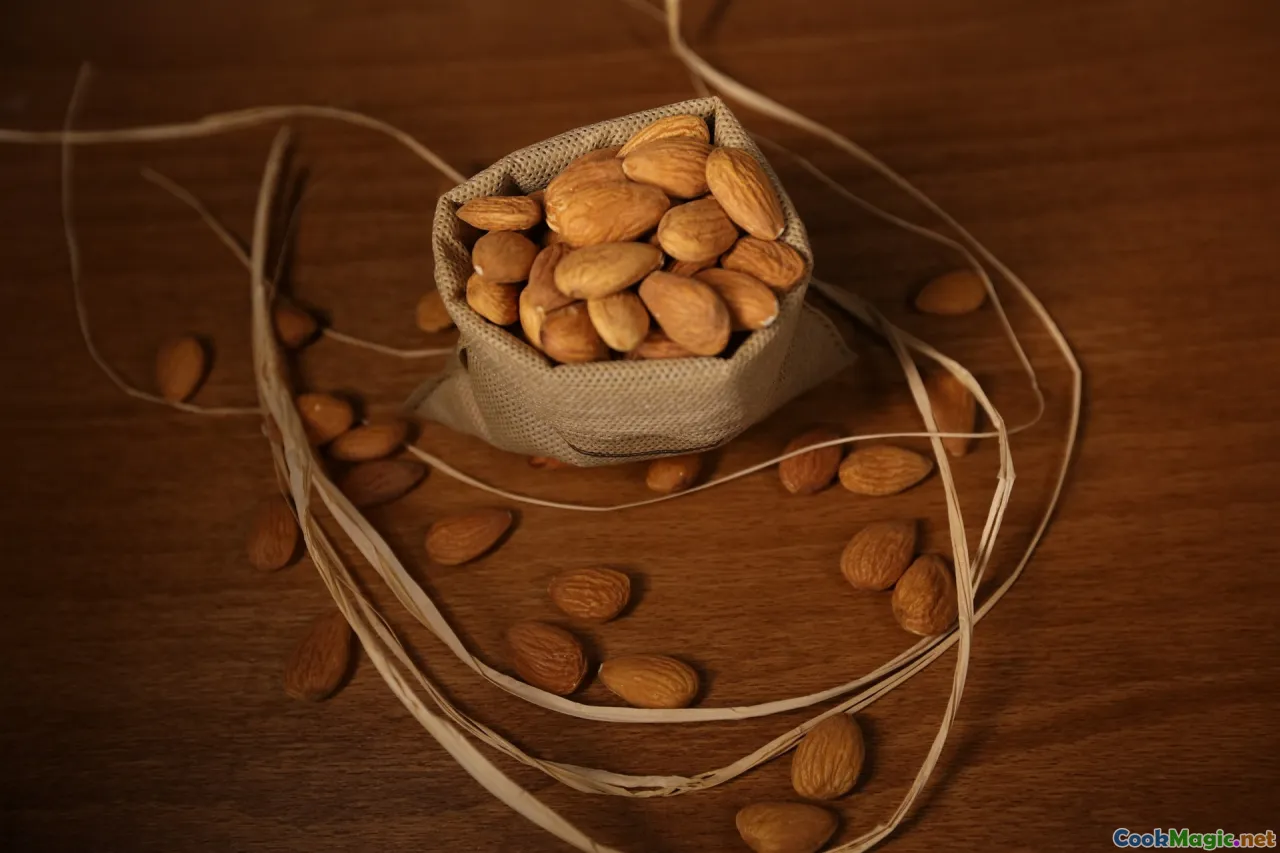
- Mahleb: A spice ground from the pits of St. Lucie cherries, mahleb smells like almond and wild cherry with a faint floral halo. Buy whole and grind fresh; stale mahleb sulks on the tongue.
- Doshab: Grape molasses, made by reducing grape must. It brings a mineral sweetness and viscosity perfect for binding fruit and nuts, sweetening yogurt, and glazing sharots.
- Apricot kernels: Sweet or bitter varieties lend marzipan notes to candies and jams. Bitter kernels are potent; use sparingly and never raw in quantity.
- Cloves and cinnamon: Spice signatures in Armenian sweets. Clove studs the tops of pakhlava diamonds; cinnamon warms nut fillings and anoushabour.
- Nuts: Walnuts dominate—tannin, oil, crunch—but almonds and pistachios round out the palette. Toast lightly to awaken aroma.
- Matzoon (yogurt): In pastries like nazook, matzoon or sour cream enriches dough, making it tender and slightly tangy.
These ingredients create a recognizable accent, a flavor fingerprint. You taste doshab or mahleb and feel the ground beneath your feet shift east, toward Ararat.
Pour and Pair: What to Drink with Armenian Sweets
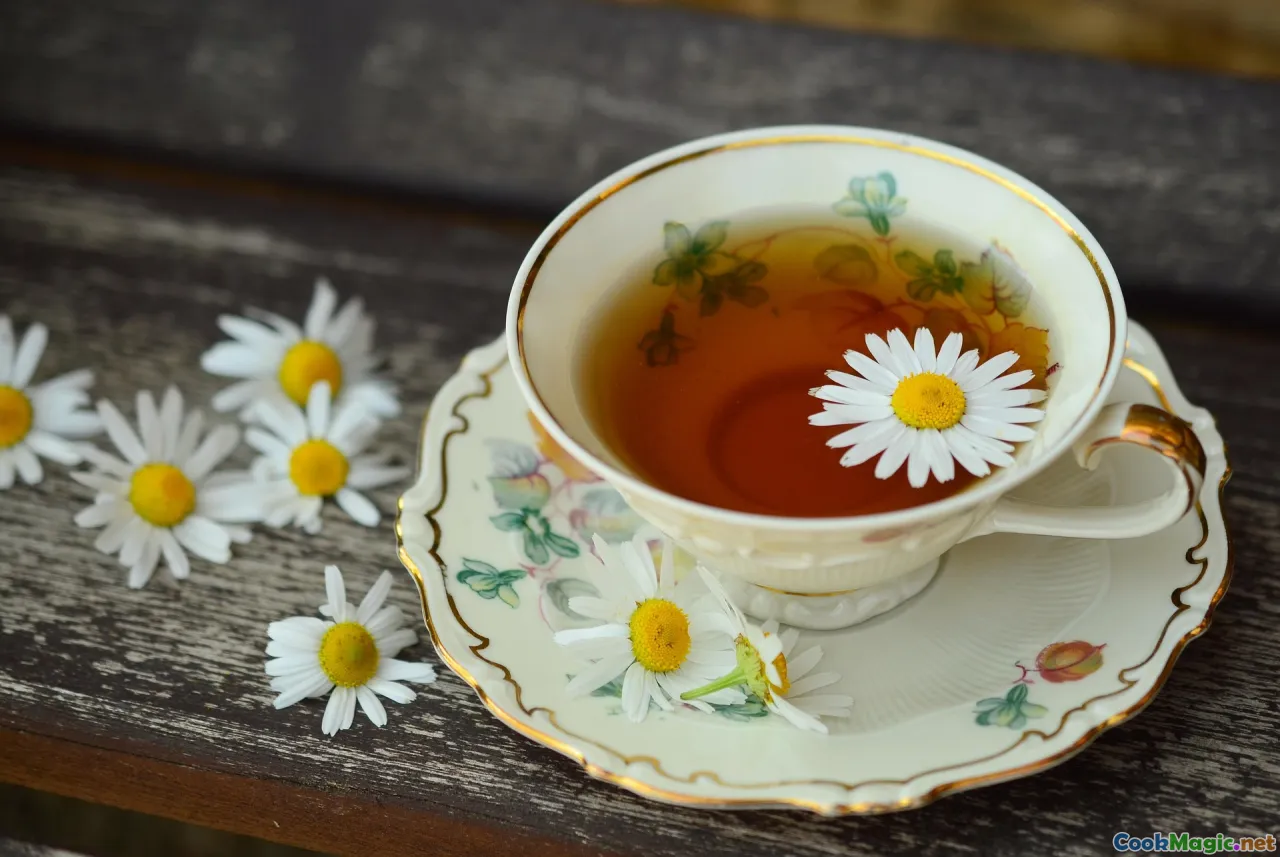
Sweets need company. Armenian coffee, thick and inky, with foam barely trembling at the rim, loves crumbly pastries like gata and nazook. That bitter backbone clears the path for butter.
Herbal teas made from wild thyme or mint soothe the sugary glow of muraba—pour hot water, set a spoon of cherry preserve on a saucer to nibble between sips, and the experience becomes conversational, not cloying.
Dessert wines from Areni grapes, especially late-harvest bottles with apricot notes, meet pakhlava halfway. Sip alongside and watch how walnut tannins and syruped pastry encourage the wine to bloom. A small glass of Ararat brandy—amber, peppery, with dried fruit undertones—turns evening into ceremony. It sits especially well with green walnut preserve or a square of chocolate-coated alani.
For summer afternoons, cold matzoon thinned with water and a pinch of salt is standard, but not typically paired with sweets. Instead, try a glass of iced black tea with a wedge of lemon; the tannin is a friendly counterpoint to bastegh’s soft chew.
The Calendar of Sweet Occasions

- New Year and Christmas (celebrated January 6): Anoushabour bubbles on the stove; platters of pakhlava and dried fruit appear as relatives make the rounds. Pomegranate seeds crown many dishes for luck.
- Easter: Choereg in braids and rounds, glossy as lacquer, warm on the table beside dyed eggs and herbs. Sweet and savory meet easily here; the bread pairs with jam at breakfast and cheese by afternoon.
- Harvest: Grape must reduction, sujuk dipping days, and ovens low with sheets of bastegh. Neighbors help each other lift heavy pans and tie ropes of walnuts under eaves.
- Weddings and baptisms: Tiny sachets of sugared almonds in some communities, trays of pastries in others, and always tea or coffee. A spoon of preserve is a formal gesture: we wish you sweetness, may your life be luminous.
- Winter: Muraba reigns, its jewel tones an antidote to slate skies. Households pull from the pantry like magicians.
Two Home Kitchen Pathways: Nazook and Anoushabour

Nazook, the roll-and-slice joy
Ingredients
- Dough: 280 g all-purpose flour, 1 tsp baking powder, 1/4 tsp fine salt, 200 g cold unsalted butter, 120 g sour cream or thick yogurt (matzoon), 1 large egg yolk, 1 tsp vanilla extract
- Filling (khoriz): 120 g flour, 120 g granulated sugar, 110 g melted unsalted butter, 1 tsp vanilla sugar, pinch of cinnamon (optional), 60 g finely chopped walnuts (optional)
- Egg wash: 1 egg beaten with 1 tbsp milk
Method
-
Make the dough. Whisk flour, baking powder, and salt. Cut in butter until mixture resembles coarse breadcrumbs; think pebbles and sand, not dust. Stir in sour cream and egg yolk with vanilla. Gather gently; do not knead. Divide in two, wrap, and chill 30 minutes.
-
Mix khoriz. Combine flour, sugar, melted butter, and vanilla sugar; stir until sandy and cohesive. Add walnuts if you like. It should clump when squeezed but crumble when nudged.
-
Roll. On a lightly floured surface, roll each dough portion to a rectangle about 25 x 35 cm and 3–4 mm thick. Sprinkle half the khoriz evenly over each rectangle, pressing lightly to adhere.
-
Shape. From the long edge, roll into a tight log. Seal seams with a dab of water, place seam-side down, and chill 15 minutes for clean slicing.
-
Slice and bake. Brush logs with egg wash. Cut into 3–4 cm pieces. Arrange on a parchment-lined sheet with space to breathe. Bake at 190°C for 18–22 minutes until golden and fragrant, edges just turning amber.
-
Cool on a rack. Serve warm for velvet softness or at room temperature for a delicate snap on the surface.
Notes: The dough is forgiving if you keep it cold. A brief chill before slicing prevents slumping. Resist over-baking; nazook should be tender, not crisp all the way through.
Anoushabour, the celebratory bowl
Ingredients
- 250 g pearled wheat (or whole wheat berries, soaked overnight)
- 1.2 liters water (plus more for soaking)
- 80–120 g sugar, to taste
- 80 g diced dried apricots
- 60 g golden raisins
- 30 g chopped walnuts (optional)
- Pinch of cinnamon or 1–2 tsp rosewater (choose one path)
- Garnish: pomegranate arils, walnut pieces
Method
-
Prep the wheat. If using whole wheat berries, soak overnight, then drain. Rinse pearled wheat under cool water.
-
Simmer. Add wheat to a heavy pot with 1.2 liters water. Bring to a simmer, lower heat, and cook gently, partially covered, stirring now and then, until grains bloom and the liquid becomes silky. Expect 60–90 minutes for pearled wheat, longer for whole wheat.
-
Sweeten and enrich. Stir in sugar until dissolved. Add dried apricots and raisins; simmer 10–15 minutes more. If using cinnamon, add a pinch here. If using rosewater, add off heat to retain fragrance.
-
Adjust texture. Anoushabour should be spoonable, between a soup and a pudding. Add hot water by the ladle if too thick; simmer a bit longer if too thin.
-
Serve. Ladle warm into bowls; scatter pomegranate seeds and walnuts. The tart seeds wake up the sweetness; the nuts echo the wheat’s earth.
Notes: An overnight soak for wheat pays off. This is a dish of patience and gentle heat; scorching is the only real sin. Leftovers thicken as they cool—loosen with a little hot water before serving.
Across Regions and Diaspora: Variations That Keep the Tradition Alive
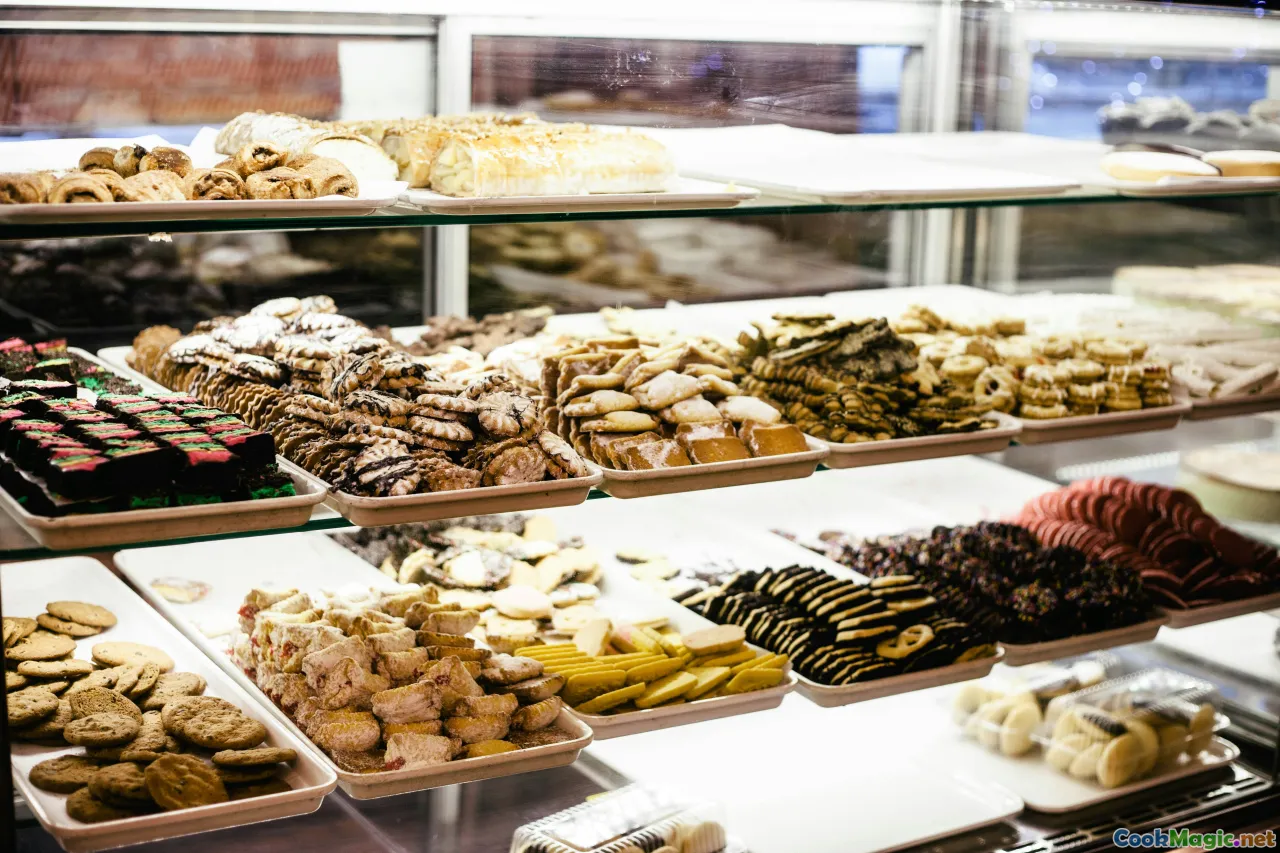
Sweets migrate. They pick up dialects and souvenirs as they go.
In Syunik, fruit leathers lean sour and assertive; the mountain air dries them to a firmer chew, and apricot sheets often hide a streak of plum for tartness. In Lori’s cooler climate, gata skews heartier. Artsakh’s sujuk often wears a darker coat of must, denser and less sweet.
Western Armenian kitchens influenced by Levantine trade winds fold mastic into choereg and reach for orange blossom water in syrups. Step into an Armenian bakery in Beirut, and the display gleams with binational charisma: Turkish delight stacked like colorful bricks, Lebanese semolina sweets glistening with sugar, Armenian nazook lined in crisp regiments.
Across the Atlantic, Armenian-American bakers in California lean into the local orchard. Fresno’s apricots fill bastegh and jam; pistachios from the Central Valley turn pakhlava a stippled green-gold. In Los Angeles, you’ll find nazook that holds its shape through traffic, and bakers who coax a near-French puff out of gata, a diaspora dialogue between butter and memory. Bakeries like Sarkis Pastry and cafes around Glendale display trays of nazook alongside bourma and rolled baklava, a testament to the neighborhood’s blended sweet tooth.
Meanwhile, in Yerevan’s newer pastry studios, chefs reinterpret with a wink: pakhlava layered with buckwheat honey; bastegh folded into mille-feuille; a plated dessert that deconstructs anoushabour into wheat custard, dried fruit compote, and a shard of pomegranate caramel. This is not heresy; it’s homage. Armenian dessert traditions are sturdy enough to hold modern play.
The throughline is not a recipe but a posture: hospitality first, ingredients respected, sweetness used to frame flavor rather than bulldoze it. When you understand that, you can spot an Armenian confection anywhere—on a wedding table in Marseille, on a park bench in Tbilisi, in a lunchbox in Glendale.
You will also spot the rituals that accompany them: the way coffee is poured, the way someone insists you take one more piece, the way a jar appears even when you are just stopping by. A spoon of jam, a slice of gata, a walnut string snipped and offered—each says the same thing in a dozen dialects: may your path be sweet.
As evening gathers in Yerevan, the city’s sweets tuck back behind glass. The last plumes of bakery air drift up stairwells; samovars click off; tables are cleared. What remains is the soft hum of syrup at rest and the afterglow of butter on the tongue. Somewhere, a jar cools. Somewhere, a rope of sharots dries under an eave. Somewhere, a grandmother listens for the exact note when sugar is ready, then calls you to the table. You arrive, and the story continues, sweet as a promise and just as necessary.









